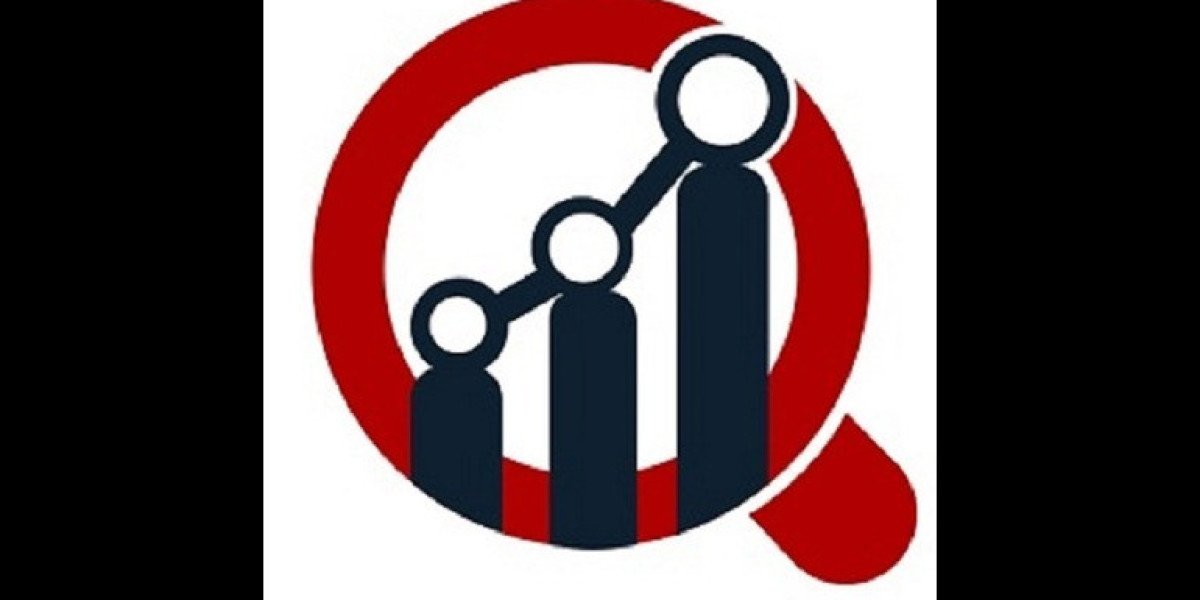The Life Insurance Market Share is witnessing remarkable expansion as individuals and families increasingly recognize the importance of life protection and financial security. Rising awareness, evolving customer needs, and digital innovation are driving demand for diverse insurance solutions, including term policy, whole life coverage, and comprehensive insurance plans. This growth highlights the role of life insurance as a critical tool for financial planning, offering peace of mind through structured death benefit plans and long-term financial stability.
Evolution of the Life Insurance Sector
Life insurance has transformed significantly from traditional policies to technologically advanced solutions that prioritize flexibility, accessibility, and personalization. Modern platforms integrate AI-driven underwriting, predictive analytics, and automated claims processing to simplify enrollment and improve customer experience. These innovations allow insurers to tailor life protection products to individual needs while providing seamless policy management and faster payouts.
Digital transformation in financial services has further accelerated market growth. For instance, the Web3 in Financial Services Market is enabling decentralized, secure, and transparent insurance solutions, while the GCC Digital Payment Market showcases how seamless payment integrations improve premium collections and policyholder convenience. Together, these technologies are reshaping the way life insurance products are designed, sold, and managed.
Key Drivers of Market Expansion
The growth of the life insurance market is fueled by rising disposable incomes, increased awareness of financial planning, and changing demographics, including aging populations and young professionals seeking security. Insurers are also adopting innovative distribution channels, including digital platforms, mobile applications, and embedded insurance solutions, to reach wider audiences efficiently.
Consumer preference for whole life coverage and customized term policies has encouraged insurers to diversify product offerings and enhance flexibility. Additionally, regulatory frameworks and technological integration are improving transparency, trust, and overall adoption rates globally.
Future Outlook for Life Insurance
Looking forward, the life insurance market is expected to continue its upward trajectory, supported by digital innovation, AI-driven risk assessment, and enhanced customer engagement. Emerging trends such as personalized death benefit plans, usage-based premiums, and real-time policy monitoring will further strengthen the market.
As financial literacy improves and digital adoption accelerates, life insurance will remain a cornerstone of personal financial planning, empowering individuals and families to secure their futures with confidence.
FAQs
1. What is life insurance?
Life insurance is a financial product that provides monetary protection to beneficiaries in the event of the policyholder’s death, ensuring long-term financial security and peace of mind.
2. What are the main types of life insurance?
The key types include term policy, whole life coverage, and customized insurance plans, each offering different features, durations, and benefits.
3. How is technology influencing the life insurance market?
Technologies like AI, Web3, and digital payment platforms are improving underwriting, claims processing, policy management, and customer engagement, making life insurance more accessible and efficient.


